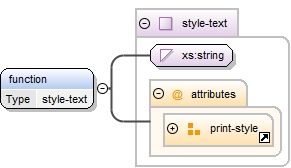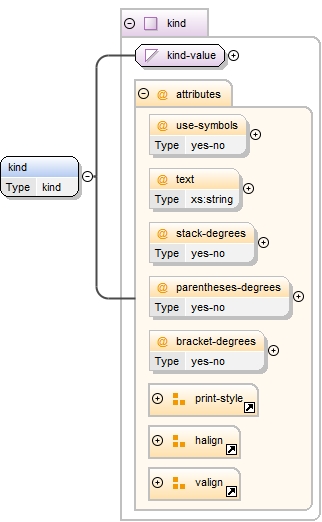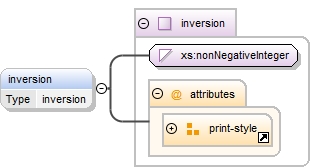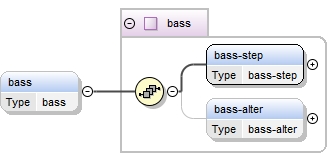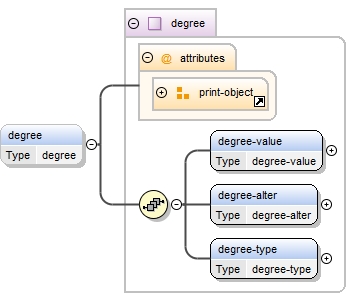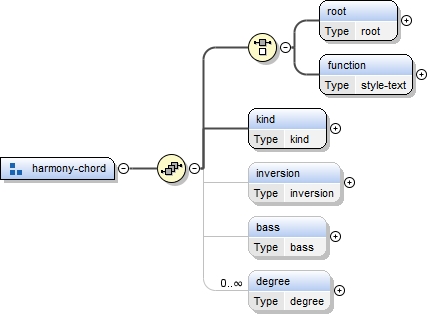| Namespace | No namespace | ||
|
Diagram
|
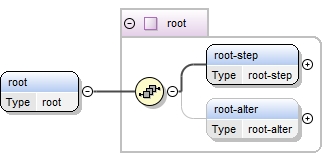 |
||
| Type | root | ||
|
Properties
|
|
||
| Model | root-step , root-alter{0,1} | ||
| Children | root-alter, root-step | ||
|
Instance
|
|
||
|
Source
|
|
||
| Schema location | file:/C:/Users/mihai/Desktop/MusicXML-Schema/musicxml.xsd |
